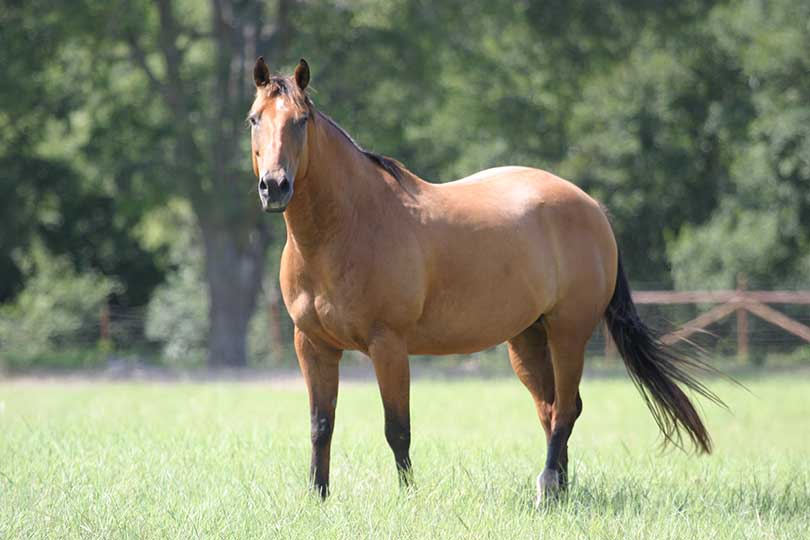By Jennifer Dorsett
Field Editor
As warmer weather approaches, the Texas A&M Veterinary Medical Diagnostic Laboratory (TVMDL) recommends owners vaccinate horses for West Nile virus and Eastern Equine Encephalitis (EEE) virus.
In 2019, TVMDL reported more than 98 percent of instances of WVN and EEE were in non-vaccinated or under-vaccinated horses.
Fortunately, however, these often-deadly diseases are preventable with proper vaccination.
West Nile virus was first detected in the U.S. in 1999 and is now considered endemic across most of North America.
The mosquito-borne West Nile virus peaks in late summer when mosquitoes are most active. In horses, the incubation period averages between three to 15 days, at which point 10 to 39 percent of infected horses begin displaying clinical signs of infection.
Clinical signs of West Nile typically include neurological issues, such as depression, muscle twitching, lameness, staggering gait or stumbling (ataxia), partial paralysis or the inability to stand. Horses may also exhibit an altered mental state, blindness, reduced appetite, teeth grinding or fever.
The death rate among U.S. horses exhibiting clinical signs of West Nile virus ranges from 30 to 40 percent, and of those who recover, up to 40 percent may exhibit residual neurological effects for six months or longer.
Vaccination remains the primary method of reducing the risk of infection, according to TVMDL. The equine West Nile virus vaccine schedule includes initial administration of two doses over three to four weeks followed by an annual or semi-annual booster.
Last year, the agency reported just four positive cases of West Nile virus in the U.S., none of which occurred in Texas.
However, in 2019, there was a slight increase in EEE cases, with four of the 16 positive instances occurring in Texas.
EEE virus is also transmitted to horses by mosquitoes. The virus, which causes encephalitis, or swelling of the brain, was first recognized in the U.S. horse herd in 1831.
Horses infected with EEE usually present a sudden onset of severe ataxia and fever. Flaccid or droopy lips, dullness, head pressing behavior (pressing the head firmly and compulsively against a wall), blindness and muscle twitching are also symptoms of EEE.
Of the neurological diseases infecting horses, EEE has the highest mortality rate, with death typically occurring two to three days after the onset of symptoms.
The EEE vaccination schedule requires a primary series of two doses within a four- to six-week period, then annual booster vaccinations.
Currently, there is no evidence to suggest horse-to-horse or horse-to-human transmission is possible in either disease.
To learn more about the viruses and for testing information, visit tvmdl.tamu.edu or call the College Station laboratory at 888.646.5623 or the Amarillo laboratory at 888.646.5624.

